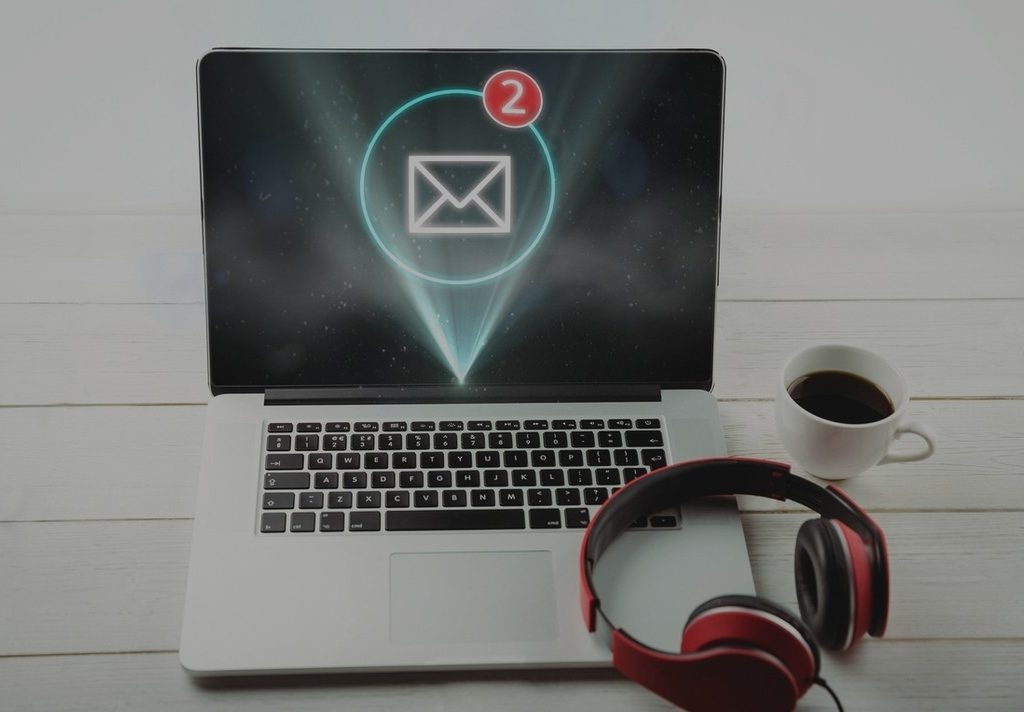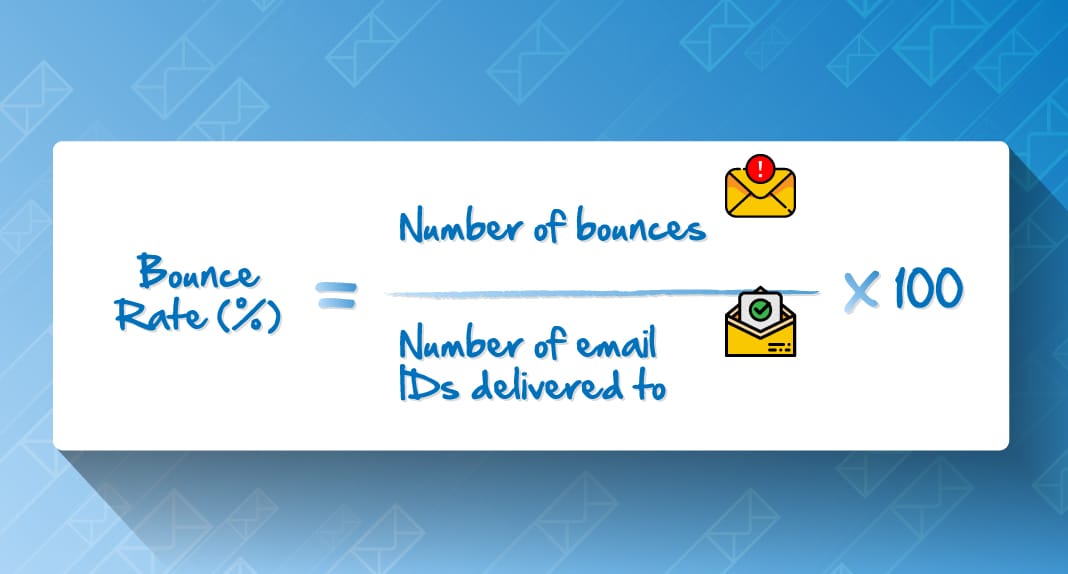Don’t Let That Email Bounce!

Delivery Status Notification (Failure):
The email account that you tried to reach does not exist. Please try double-checking the recipient’s email address for typos or unnecessary spaces.
Other reasons for email delivery failure:
- Full mailbox
- Vacation or Auto-Reply
- Blocked email
- Spam folder
We’ve all faced this situation. Create an email, send and then your email report states that the email has bounced. Your intended recipient never got your email.
You want successful email deliverability; you need to ensure that your email gets delivered then. When you receive any one of the above messages, it implies that your email is facing a big problem: your email isn’t able to cross even the first hurdle in the delivering process.
The Calculation
Email marketing is a rewarding channel, and any technical, or strategic potholes takes money from the bottom line. A small number of bounces are bound to happen within the duration of an email subscriber list.
The benchmark for the number of bounce rates that are considered normal is 2% and if your rate is anything above it then your email campaign needs special attention. If it is 5% or 10% or higher then there is definitely a significant problem that needs to be resolved as soon as possible.

Bounce Types
Generally, there are 2 types of bounce rates; soft and hard bounce. A hard bounce is a permanent reason for an undeliverable email which includes an invalid domain or invalid email. A soft bounce, on the other hand, is a temporary failure that is caused due to an unavailable server, a full mailbox or a large message.
Reasons & Remedies
Here are some reasons why your emails might be bouncing. In case you are making any of these mistakes, we have suggested certain remedies as well.
1. High hard bounce rates trigger soft bounces
A clear sign that you are sending your emails to a poor mailing list, is receiving too many notifications regarding invalid recipients which might get you a temporary block by the Internet Service Provider (ISPs).
The most efficient way to reduce the bounce rate is by regularly cleaning your email list through an email validation service. If you need help with this step, we can be of great service to you as we validate each email telephonically before setting it up for email automation.
2. Sending too many messages
When it comes to deliverability, volume consistency is a vital component and ISPs are kept on high alert for irregular sending activity that spikes email volume.
For this, first, segment your list into 2 categories; engaged and unengaged recipients. For the unengaged, send emails with a long duration between each email sent.
3. Hitting spam traps
List hygiene is very important as it is another way for ISPs to understand the sender’s reputation.
With the help of a data cleaning service, most spam traps can be identified and removed.
4. Excess spam complaints
The most negative engagement signal generated from your mail is spam complaints. You will receive an email back stating that your email is delayed due to user complaints.
Below 1% is the acceptable bounce rate and if you are exceeding this threshold then the following measures can be taken to reduce the number of spam complaints.
- a double opt-in
- an opt-out link to the pre-header of the email
- scaling back the frequency of emails sent to unengaged recipients
5. Server is blacklisted
If your IP or domain is listed on a blacklist, then your email could automatically bounce back, according to which filtering products and blacklists your recipient ISPs employ. All the above factors can result in your server getting blacklisted and becomes the most common cause for spam.
Once the root issues have been identified and resolved, you could either request to be delisted from the blacklist or wait to be removed automatically – which happens if the blacklist sees positive change.
6. Spam Content
In the place of content, more and more ISPs are incorporating user engagement into their algorithms when employing the filtering process. So sending good content to a poor list is far more detrimental than sending bad content to a good list.
In Conclusion
With the continued evolution of email marketing, it is vital to continually adapt and change as well but when monitoring and measuring of email marketing campaign success is overlooked you will end up unable to modify your approach if anything goes wrong. Email marketing is complex but getting your email delivered is the first step.
A small number of bounces are always expected but prevention of that rate increasing is within your control. By ensuring that you don’t make the above mistakes and by creating and maintaining your list, you can prevent high bounce rates and experience higher success with your email campaigns.
So remember to focus on hard bounces, monitor soft bounces and maintain a clean list of even your long term inactive subscribers. If you need more guidance and support in ensuring your email marketing campaigns are always successful, contact us as soon as possible.

